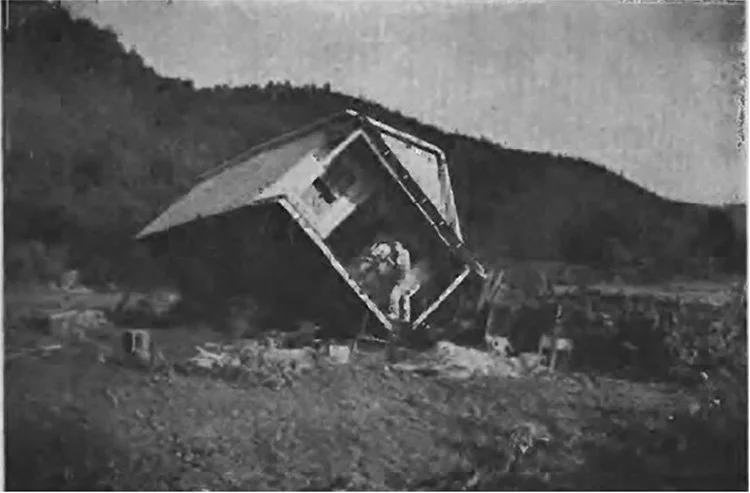Licensed (Adobe Stock)
Flash Flood
Among my father Earl May's many talents was photography. As a CCC officer in the Civilian Conservation Corps in Morehead, Kentucky, he was involved in other ventures. For the local newspaper, The Rowan County News, he wrote a weekly article on "the out-of-doors and wildlife" and was a part-time photographer. He had state-of-the-art equipment (German cameras—a Leica 1 Model A 35mm and a Rolleiflex, a twin-lens reflex camera and his own development and printing paraphernalia.)
Through the years many of his photos were published locally and in the largest newspaper in the Commonwealth of Kentucky, The Louisville Courier-Journal. As a child, I recall seeing those photos, including some of our bird dogs that made it to The New York Times.
On Independence Day 1939, continuous rain contributed to a disastrous flash flood that raised the local Triplett Creek water level by 22 feet in 30 minutes and swept through the river valley, taking 58 lives and destroying hundreds of homes, barns and acres of cropland. Morehead itself was inundated with nearly 10 feet of flood water. Earl May with his cameras was sent out by the newspaper to make a record.
At three years old, I had just returned from a pleasant family camping trip to Anna Maria Island in Florida—sunburned, happy and full of orange juice. Suddenly, all the grown-ups talked about was the flash flood. I recall seeing one of his photographs of a small forlorn cabin washed from its foundation and lying on its side.
Photo credits: Earl C. May, Morehead, Kentucky (1939)
Seldom mentioned were pictures of the victims of the catastrophe that had been carefully and professionally recorded by photographer Earl May.
In particular, I heard my parents discuss a 17-year-old mother in a summer flour-sack dress with her six-month-old baby clutched tightly to her breast. Dad said she looked as peaceful as if she had just awakened to breastfeed her beloved child.
Pieta sculpture, Michaelangelo. Licensed (Adobe Stock).
By his own admission, Father confessed to viewing the photograph but once. That was when it was just developed, and he was putting it in the final chemical to "fix" the image. One view was enough for a lifetime. That photograph and others in the flood series are somewhere in the family archives.
Like my dad, I do not need to see the printed photograph to conjure up and remember the sad, poignant image of mother and child.


